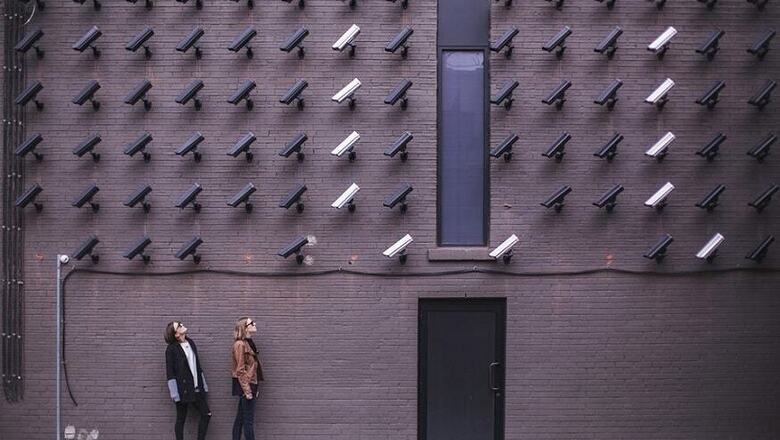
views
Imagine this scenario. You wake up in the morning, the sensors detect the motion in the bed and the blanket unfolds itself; the heater turns on for you to take a shower. And the minute you step out of the home, motion sensors detect this movement and turn on the security lock. Come evening, you finish your work and come back home, the sensors in your vehicle alert the gate to open, and the lights turn on and a simple voice command causes the TV to tune to your desired channel.
This isn’t just stuff of a sci-fi film anymore, but a glimpse into a life subsumed by, what experts call, the Internet of Things (IoT). IoT relies on numerous sensors attached to practically anything and everything, making our lives incredibly simpler. However, this convenience comes at a cost of extremely personal information about our lives stored via cloud computing.
Come 2030, the IoT would be outdated and will be putting sensors on things would be a thing of the past. Imagine if these sensors were omnipresent, just floating in the air. They could monitor anything and everything, from temperature, movements, brainwaves etc. This is what we now know as ‘Smart Dust’.
The expeditious evolution of surveillance technology is a clear reason why people need to pay it more attention. Leaps and bounds have been made from human spies to today’s digital bugs, and as far as surveillance goes this is just the beginning. AeroVironment Inc, an Unmanned Aircraft Systems and Unmanned Aerial Vehicles manufacturer in the US has designed a drone that looks and manoeuvres like a hummingbird. The 'Nano Hummingbird', which weighs less than an AA battery, is also equipped with a camera for surveillance and reconnaissance.
In 2014, Amazon, one of the world's largest retailer released a brand of smart speakers called 'Amazon Echo'. However, little did people know that it is potentially a spy sitting on your desk in plain sight. Mark Barnes, a security researcher from the UK, demonstrated how the device can be turned into a wiretap, within a matter of minutes.
Governments and big corporations around the world are leaving no stone unturned in turning the world into a big 'online game', wherein they monitor and control our actions. The governments are happy to gather data from these third parties and they are not likely to give up this position of power easily.
Surveillance today is very causal in nature and this casual attitude can turn out to be a big problem in the long run. The biggest problem when it comes to state surveillance is accountability. In terms of laws, the government is doing very little to reassure us that our personal data is being protected.
Come 2030, there is a very high possibility of our past becoming omnipresent. The question then is – Could we fight surveillance in the future? Is it fruitful?
According to prominent cyber expert Amit Dubey, we can and we have to fight surveillance because we don't have any other option. He believes that the very technology used for state surveillance can be used by citizens to conduct counter-surveillance.
A research conducted by Oxford's Jon Penney offers evidence about the ‘chilling effect’ that privacy advocates have been talking about time and again. The very thought of someone watching over you creates a tendency of self-censorship. What we really need to worry about is the mistrust that is being created between the citizens and the state.
Watch Video: Tech And Auto Show | EP14 | Apple iPhone 8, 8+, X, Isuzu D-Max & More




















Comments
0 comment